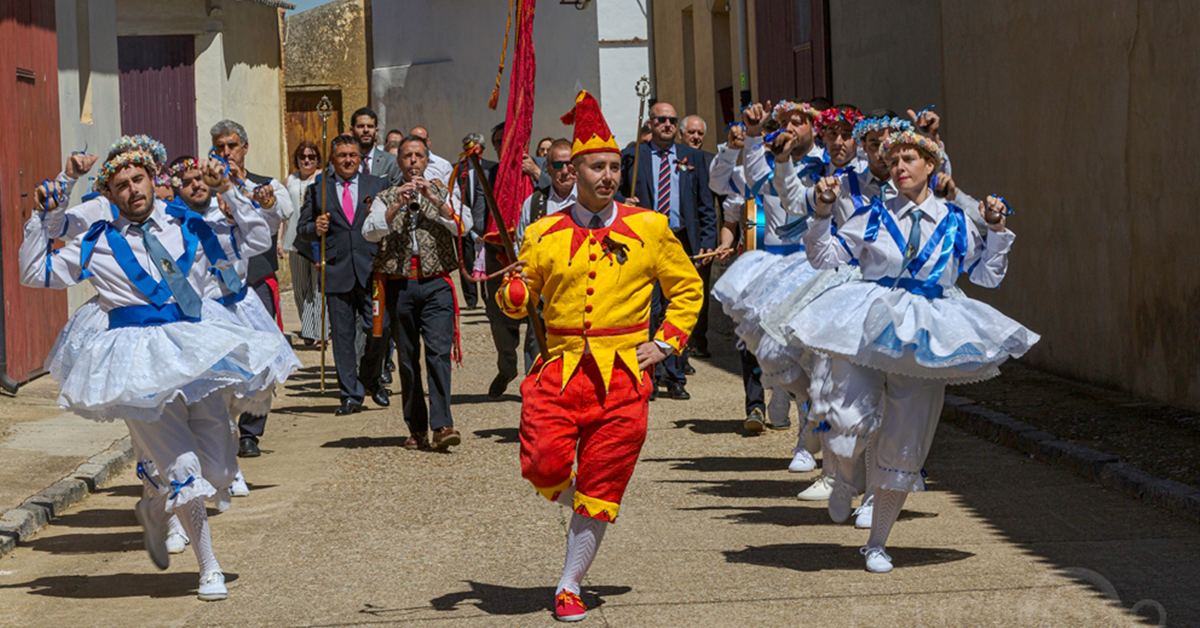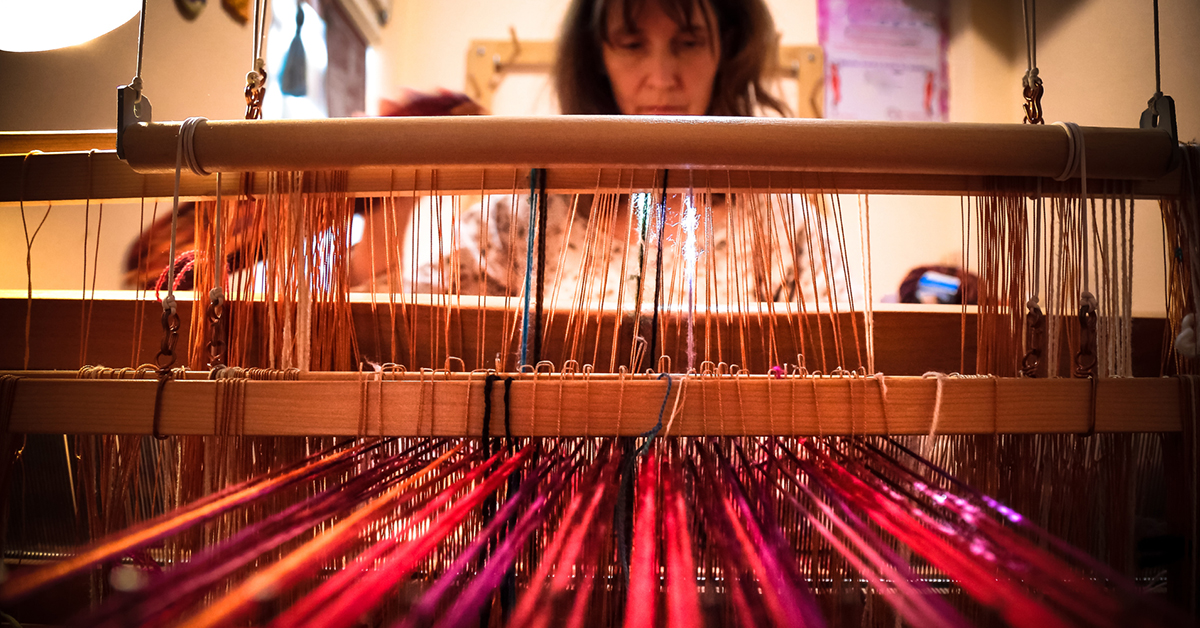Basque ethnography at a glance
When we think of intangible cultural heritage (ICH) – and, above all, when we try to explain exactly what it means – we tend to resort to its more spectacular or iconic expressions: festivities, commemorative and traditional representations, music, bertsolarismo [improvised poetry in Basque], dance, sport, crafts…
We are now adding the gender value to the intangible variable associated to that cultural heritage (even though it can and is usually based on tangible elements).
If we consider festive expressions or traditional and commemorative representations (processions, stagings, etc.), we will easily find women there. Their number and prominence will vary depending on the type of manifestation and on other associated heritage elements. In many cases, the roles they play will be in the spotlight, from the Virgin Mary or Mary Magdalene in Passion Plays to the Móndidas de Tierras Altas festivities in Soria, which date back to pre-Christian times. A message faithful to the tradition in which the local women embody feminine virtues to the community is thus passed down from generation to generation.
It is also possible to find examples that go beyond matters of gender and women embody figures that were only represented by men until very recently as they are male (from St. Michael, in the Good Friday procession in Segura, to the human towers of Berantevilla) or asexual (the Descent of the Angel, in Tudela) figures. That access to a traditionally male-dominated space has sometimes occurred naturally within the community in question. In many dance groups, for example, the process has simply been assumed as something inevitable from the perspective that the manifestation would otherwise end of up disappearing. In other cases, it is the result of a struggle that has taken its emotional toll. That struggle is sometimes still ongoing.
Yet beyond those performances, there are still equally essential areas for the safeguarding and transmission of the intangible cultural heritage: upholding manifestations through craft skills (sewing, embellishments, etc.); associationism or its commitment to auzolan (community working together) that supports important cultural events; cooking recipes, home remedies, the everyday sayings of our mothers… Aspects that are so inherent to the everyday and to the world of women that they can easily pass us by.
Until the day we stop overlooking them and then something changes in our approach.
Bea Gallego – Anthropologist



